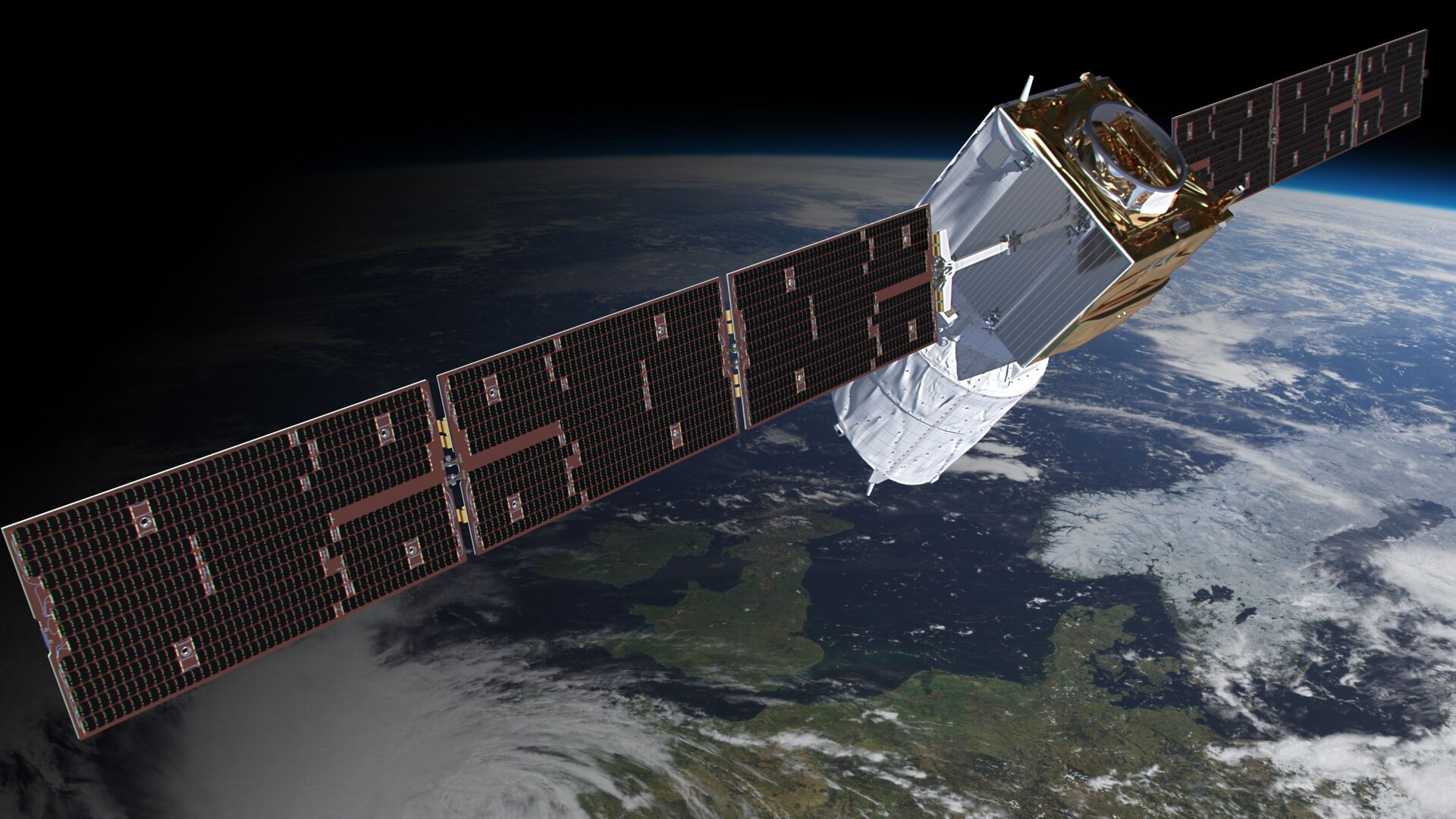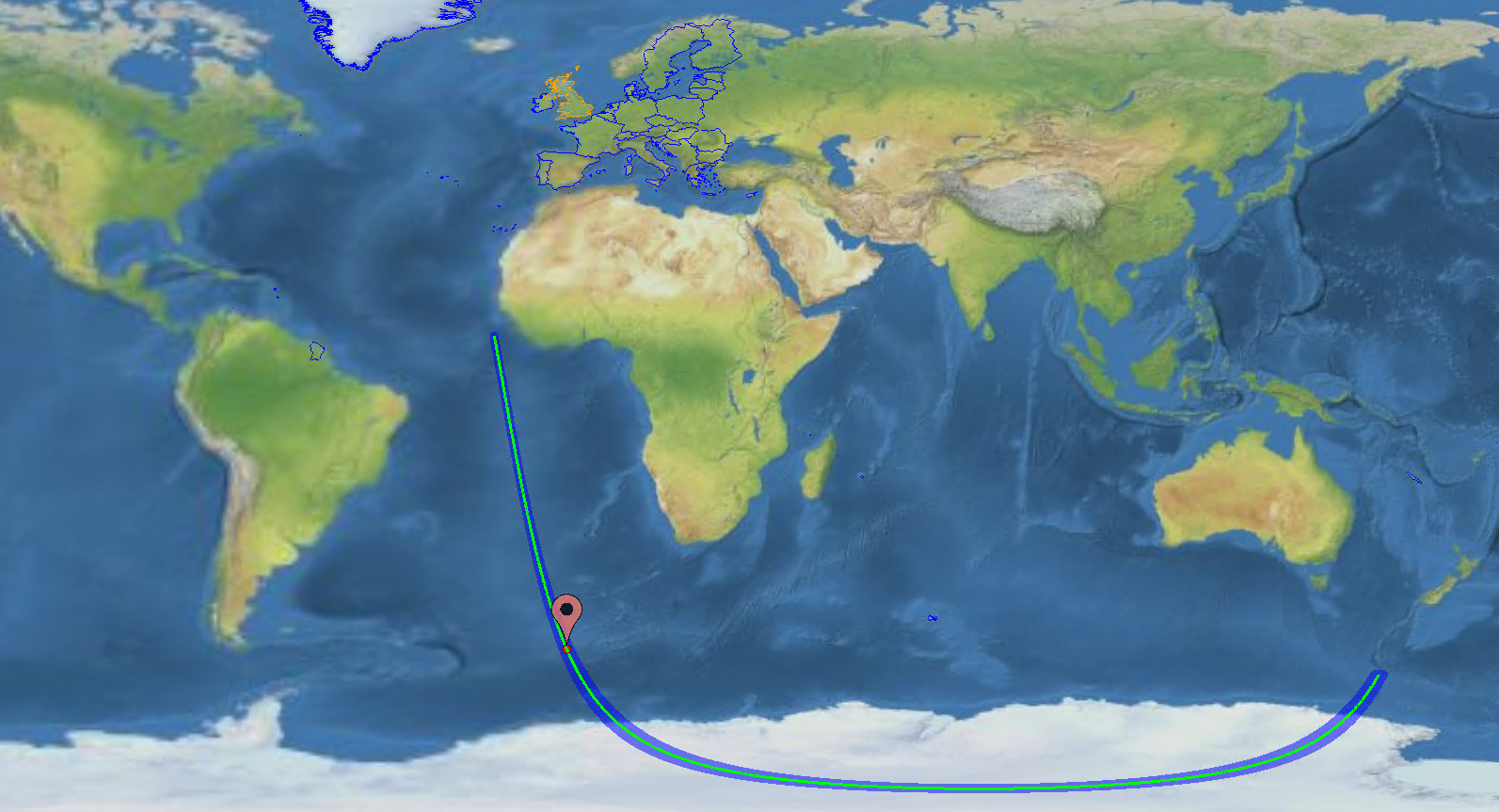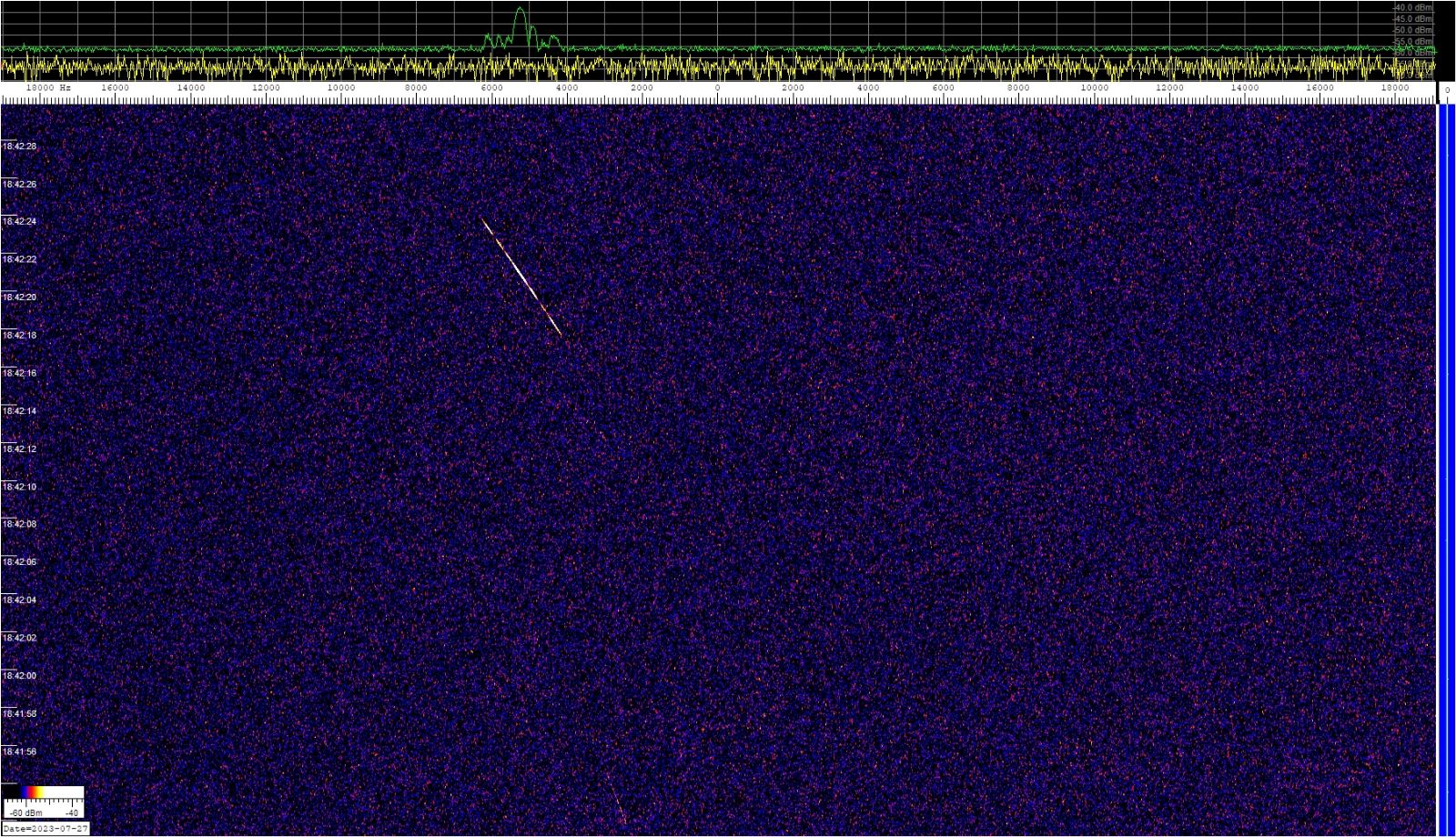
The EU Space Surveillance and Tracking (EU SST) has supported the European Space Agency (ESA) on the assisted re-entry of its satellite Aeolus into Earth’s atmosphere, which took place on 28 July. In a first collaboration of this kind, the SST Partnership closely monitored the re-entry and provided information and data with the coordination of the European Union Agency for the Space Programme (EUSPA). This exercise paves the way for future assisted re-entries and contributes to space sustainability in a context of increasingly congested orbits.
EU SST supported ESA on the assisted re-entry of the satellite Aeolus into Earth’s atmosphere, which had already completed its mission measuring global wind profiles from Low-Earth Orbit (LEO), at an altitude of 320 km above the Earth. Once ESA planned the re-entry sequence of manoeuvres and confirmed that Aeolus was expected to re-enter on 28 July, EU SST activated its Taskforce to deal with scenarios associated with critical operations. The Italian Operations Centre, in charge of the EU SST Re-entry Analysis Service, tasked the network of sensors contributing to EU SST to observe the satellite in order to confirm the re-entry trajectory, and performed analyses to produce the best possible estimation for the expected re-entry location and time.
EUSPA, as the EU SST Front Desk, coordinated this exercise by liaising with the SST Partnership, in particular with the Operations Centres and other SST experts, in order to provide ESA with re-entry analysis predictions based on the orbital position of the satellite shared by ESA, and informed them of sensors shows/no shows (whether the network of sensors contributing to EU SST could observe or not the object at various stages). ESA made use of EU SST collision avoidance services together with the Agency’s own space debris alerting services to ensure the highest level of safety, accuracy and redundancy throughout the sequence of manoeuvres.
Over the course of the week, several radars contributing to EU SST (BIRALES, MFDR-MR, S3TSR, SATAM-R2 and TIRA) observed the object and were able to confirm its trajectory after each manoeuvre. For the final phase, after the final manoeuvre, TIRA managed to track the object on its final orbits. This information, together with other sources, was used to narrow down the decay of Aeolus to 2023-07-28 18:48 UTC ±15 minutes.

Ground track of the re-entry window estimated by EU SST, as provided in its decay report: the marker indicates the centre of the forecast re-entry window at 18:48 UTC ±15 minutes and not the actual re-entry location.
During the whole event, the European Commission, EUROCONTROL and the European Aviation Crisis Coordination Cell (EACCC) were informed of EU SST predictions and analyses. The outcomes and lessons learnt from this exercise, the first of its kind, will allow future assisted re-entries and the sustainable decommissioning of satellites. It is also an example of collaboration between different European actors in space, which is essential to ensure space sustainability, safety and security of economies, societies and citizens.

